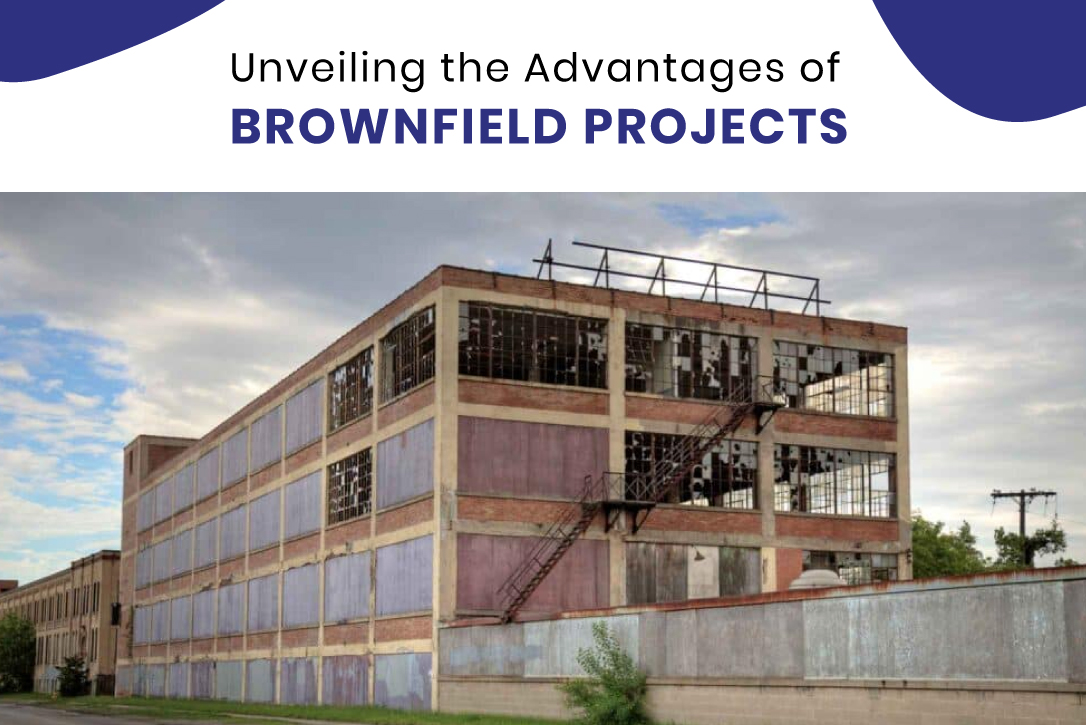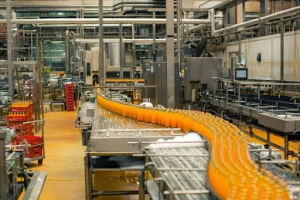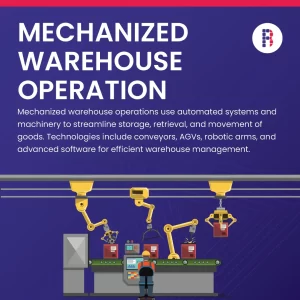Introduction:
In the dynamic landscape of industrial development, brownfield projects have emerged as a strategic approach to revitalizing existing infrastructure. Unlike greenfield projects that involve developing on undeveloped land, brownfield projects repurpose previously used sites. This blog aims to dissect the myriad advantages associated with brownfield projects, exploring how they contribute to sustainable development, economic growth, and environmental stewardship.
Understanding Brownfield Projects:
Before delving into the advantages, it’s essential to grasp the essence of brownfield projects. These initiatives involve the redevelopment or reuse of abandoned, idle, or underutilized industrial and commercial properties. Such sites may have a history of contamination, posing challenges that, when addressed adeptly, can lead to transformative outcomes.
Advantages of Brownfield Projects:
- Infrastructure Utilization and Renewal
Brownfield projects breathe new life into existing infrastructure, maximizing the utility of previously developed sites. By repurposing abandoned buildings or industrial areas, these projects contribute to urban revitalization and the efficient use of resources. This not only preserves the character of established neighborhoods but also minimizes urban sprawl.
- Cost Savings and Economic Efficiency
One of the standout advantages of brownfield projects is the potential for cost savings. Reusing existing infrastructure significantly reduces the need for new construction, cutting down on initial capital investment and associated expenses. Moreover, these projects often benefit from existing utilities, transportation networks, and other amenities, enhancing economic efficiency.
- Environmental Stewardship and Sustainable Development
Brownfield redevelopment aligns with the principles of sustainable development by repurposing existing sites rather than encroaching on pristine environments. This approach reduces the pressure on greenfield areas, preserving biodiversity and natural habitats. Additionally, brownfield projects often incorporate eco-friendly practices, such as sustainable design and green technologies, further minimizing their environmental footprint.
- Community Engagement and Social Impact
Engaging with local communities is a hallmark of successful brownfield projects. These initiatives can foster community involvement in the planning and decision-making processes, ensuring that the redevelopment aligns with the needs and aspirations of the residents. Moreover, the transformation of blighted areas enhances community pride and contributes to a sense of place.
- Regulatory and Policy Support
Governments often incentivize brownfield redevelopment through regulatory frameworks and policies. In many cases, financial incentives, tax credits, and grants are provided to encourage private sector involvement in the revitalization of brownfield sites. This support not only stimulates economic activity but also facilitates the cleanup of contaminated sites, addressing environmental concerns.
Overcoming Challenges:Brownfield Redevelopment Process
While the advantages are compelling, it’s crucial to acknowledge the challenges associated with brownfield projects, especially those related to environmental remediation. The process involves assessing and mitigating contamination, often requiring collaboration between public and private entities. Despite these challenges, successful brownfield projects exemplify the triumph of transformation over adversity.
Conclusion:
In conclusion, the advantages of brownfield projects extend far beyond the realms of economic prosperity. They embody a sustainable and socially responsible approach to development, breathing new life into neglected spaces. By leveraging existing infrastructure, fostering community engagement, and aligning with environmental goals, brownfield projects exemplify the potential to turn challenges into opportunities. As we navigate the complex landscape of urban development, the transformative power of brownfield projects stands as a beacon of sustainable progress, offering a blueprint for a future where growth harmonizes with environmental consciousness and community well-being.






